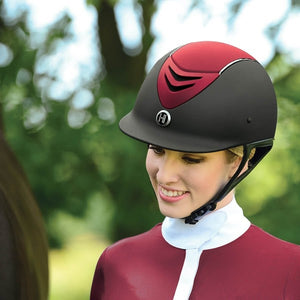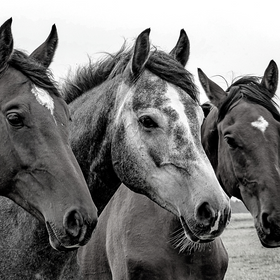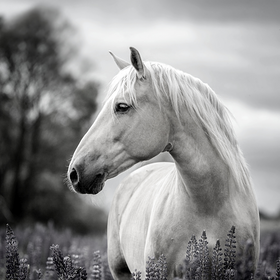
Bodyclipping: Different Types of Clips to Consider
With the winter months fully upon us, our horses have become wooly bears with thick, hard to manage coats. For riders who love winter riding (or, even the riders who don’t but persevere anyway!) a thick winter coat can be very cumbersome during and after your ride. It takes a long time for your horse’s hair to dry with that thick coat, even with a cooler to help. If not properly dried a wet coat can lead to chills and a multitude of other problems for your horse. This is the primary reason riders turn to some form of body clipping. However, with the many options for bodyclips, it can be hard to figure out the best one for your horse. We’ve broken down some of the most popular body clipping styles to help you decide.
Before choosing a specific clipping style, make sure to consider how much your horse will be working during the winter months, the types of blankets or sheets you have (or will need to purchase) and whether they will be staying inside or outside.
Full Body Clip
A full body clip is excellent for a horse in heavy work, where they will sweat excessively. A full clip will remove all of the hair from the horse, including legs, head and ears. This type of clip speeds up drying time after a workout. However, this clip provides the least amount of protection from the cold. You’ll need to make sure you can make up for this loss with proper blanketing. This is not generally recommended for horses living outside in colder weather as it is harder to maintain.
Hunter Clip
A hunter clip is also a good clip for a horse in heavy work. All of the hair is removed from the body, except the legs. The leg hair is left to provide protection to the legs from the elements. A saddle patch is also left on the horse’s back to provide protection from the saddle. Just as with the full body clip, you’ve removed most of the natural protection the horse has and you’ll need to make it up with proper blanketing. This clip is not generally recommended for horses living outside.
Blanket Clip
A blanket clip is recommended for horses in medium work. Hair is left on the horse’s legs and where an exercise or quarter sheet would be. This provides some protection for horses that are turned out in cold weather. The areas where the hair is left are areas that do not generally sweat extensively, so you still gain the advantage of faster drying after a workout.
Chaser Clip
A chaser clip is very similar to a blanket clip. In addition to the leg area and the area where an exercise rug would be, hair is left on the top of the neck. This type of clip works very well for horses in medium work that are frequently turned out.
Trace Clip
Trace clips are ideal for horses in light to medium work. Hair is removed from the belly, chest and the underside of the neck. This clip leaves the most amount of hair (natural protection) for the horse, while still achieving the quick drying time riders are looking for.





